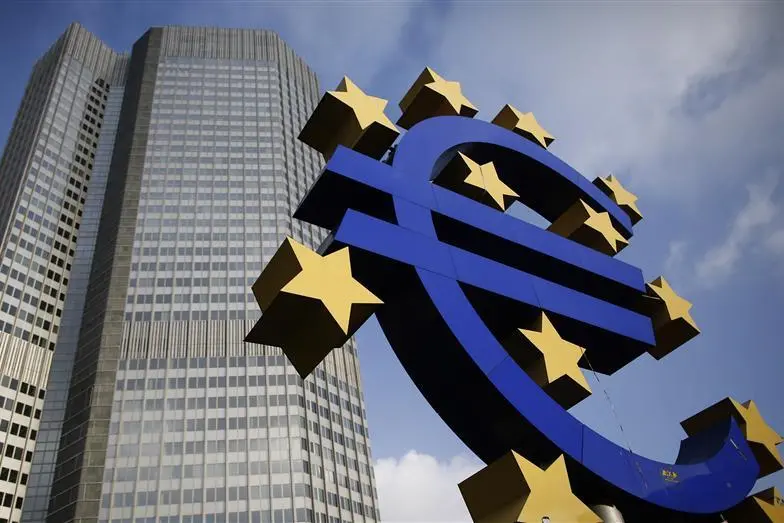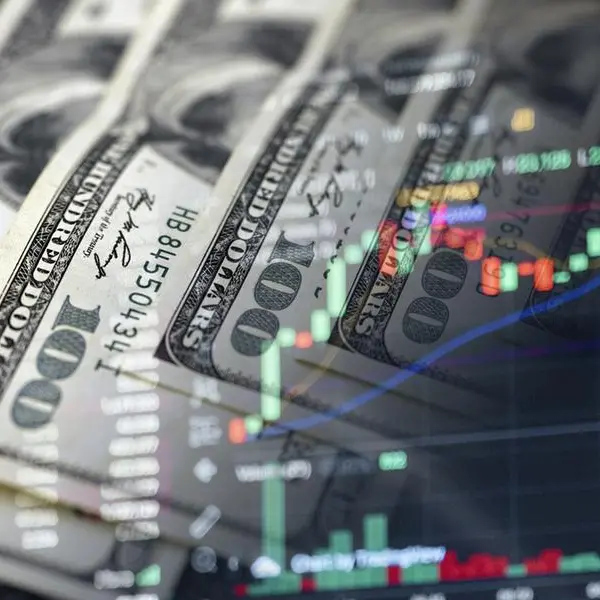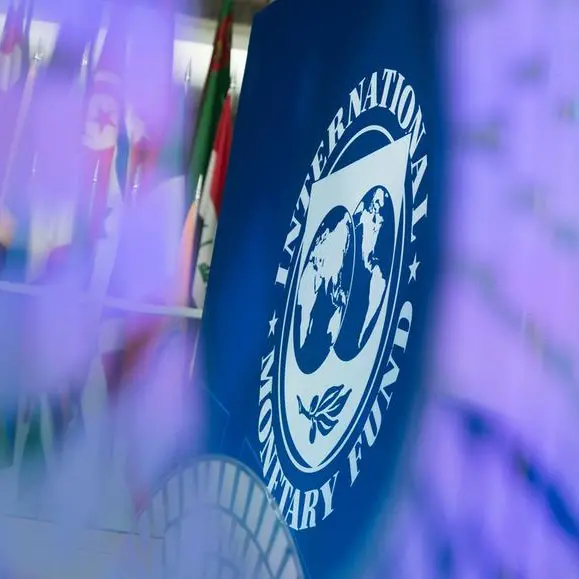PHOTO
Euro zone bond yields resumed their rise on Wednesday as a relief rally a day earlier following U.S. data proved short-lived, suggesting investors will need more evidence before concluding inflation is peaking.
Yields on U.S. Treasuries and euro zone bonds had dropped after the U.S. March inflation reading, which showed underlying inflation pressures moderated as goods prices, excluding food and energy, dropped by the most in two years.
But bond yields were higher across developed markets on Wednesday. Germany's 10-year yield, the benchmark for the bloc, was 6 basis points higher at 0.85% by 0725 GMT.
On Tuesday it ended the session 2 bps lower in its first fall in six sessions. Bond yields move inversely with prices.
Two-year German yields, sensitive to interest rate expectations, rose similarly.
Italian 10-year yields were up 8 bps, pushing the closely-watched risk premium over German bonds to 164 bps from around 160 bps on Tuesday.
The euro zone moves track U.S. Treasury yields, which rose off lows touched after the inflation reading on Tuesday and continued to rise on Wednesday.
"Given past inflation forecasting errors, we think investors will need to see at least one or two declining annual inflation prints before deciding that price dynamics are cooling," ING analysts told clients.
"In the meantime, bonds are free to print higher yields, they said, adding that there is little stopping Germany's 10-year yield from rising to around 1%.
With little data to focus on, investors are also awaiting the European Central Bank's policy meeting on Thursday, where focus will be on whether it gives a more detailed timeline for rolling back stimulus.
Money markets are pricing in around 70 bps of ECB rate hikes by December.
In the primary market, Italy will raise up to 8 billion euros from the sale of three, seven, 20 and 30-year bonds, while Germany is targetting 4 billion euros from the re-opening of a 10-year bond.
(Reporting by Yoruk Bahceli; Editing by Angus MacSwan)












